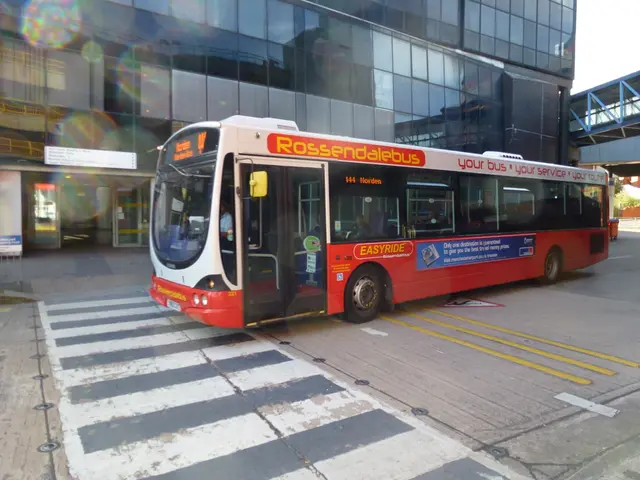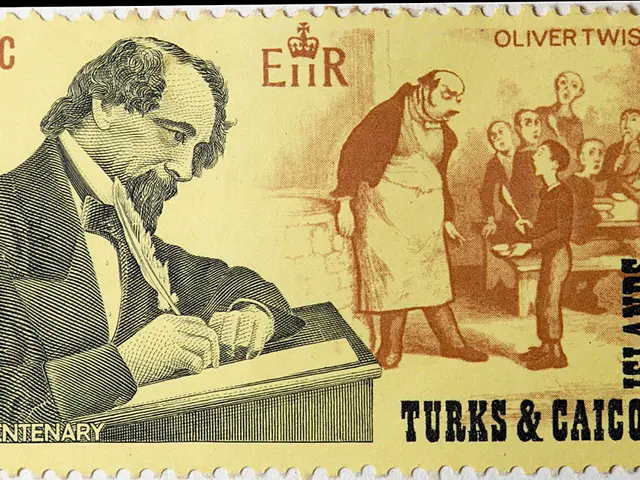How Employees Can Wisely Invest Their Wealth-Building Benefits - Millions of German Public Sector Employees Miss Out on Employer-Subsidised Savings
Public sector employees in Germany can benefit from vermögenswirksame Leistungen (VL), a form of employer-subsidised savings scheme. This can amount to up to €40 per month, with the state offering additional incentives. However, around seven million employees may be missing out on these benefits due to lack of awareness or hesitation.
VL can be invested in various ways, including Bausparverträge, Banksparpläne, and Fondssparpläne. For those considering property purchase or renovation, a building society savings plan can serve as a VL-funded entry point or financing component, partially subsidized by the employer. Employers are legally required to offer VL options, with the exact offers varying between banks and sparkassen and often tied to tariff contracts.
The state encourages such investments through the Employee Savings Allowance, providing up to €470 per year in subsidies for those with a taxable annual income below €40,000 (or €80,000 for married couples). To build wealth, it's crucial to invest rather than just save, with the allowance only applying to VL investments in stocks or real estate. Returns are higher when investment costs are lower, with banks, savings banks, and fund providers taking a cut from VL equity fund investments and ETFs. Many cooperative banks and savings banks offer VL-compatible mutual funds or exchange-traded funds (ETFs) for simpler investing.
Public sector employees have a legal right to VL payments, with employers required to request a contract for the transfer. These contracts require a six-year contribution period, with the accumulated balance becoming freely available after a one-year waiting period, potentially doubling with the savings allowance. To make the most of these benefits, employees should compare providers and ask their bank or savings bank about VL options. With around seven million employees potentially missing out, increasing awareness and understanding of VL could significantly boost wealth-building opportunities.
Read also:
- India's Agriculture Minister Reviews Sector Progress Amid Heavy Rains, Crop Areas Up
- Sleep Maxxing Trends and Tips: New Zealanders Seek Better Rest
- Over 1.7M in Baden-Württemberg at Poverty Risk, Emmendingen's Housing Crisis Urgent
- Life Expectancy Soars, But Youth Suicide and Substance Abuse Pose Concern







